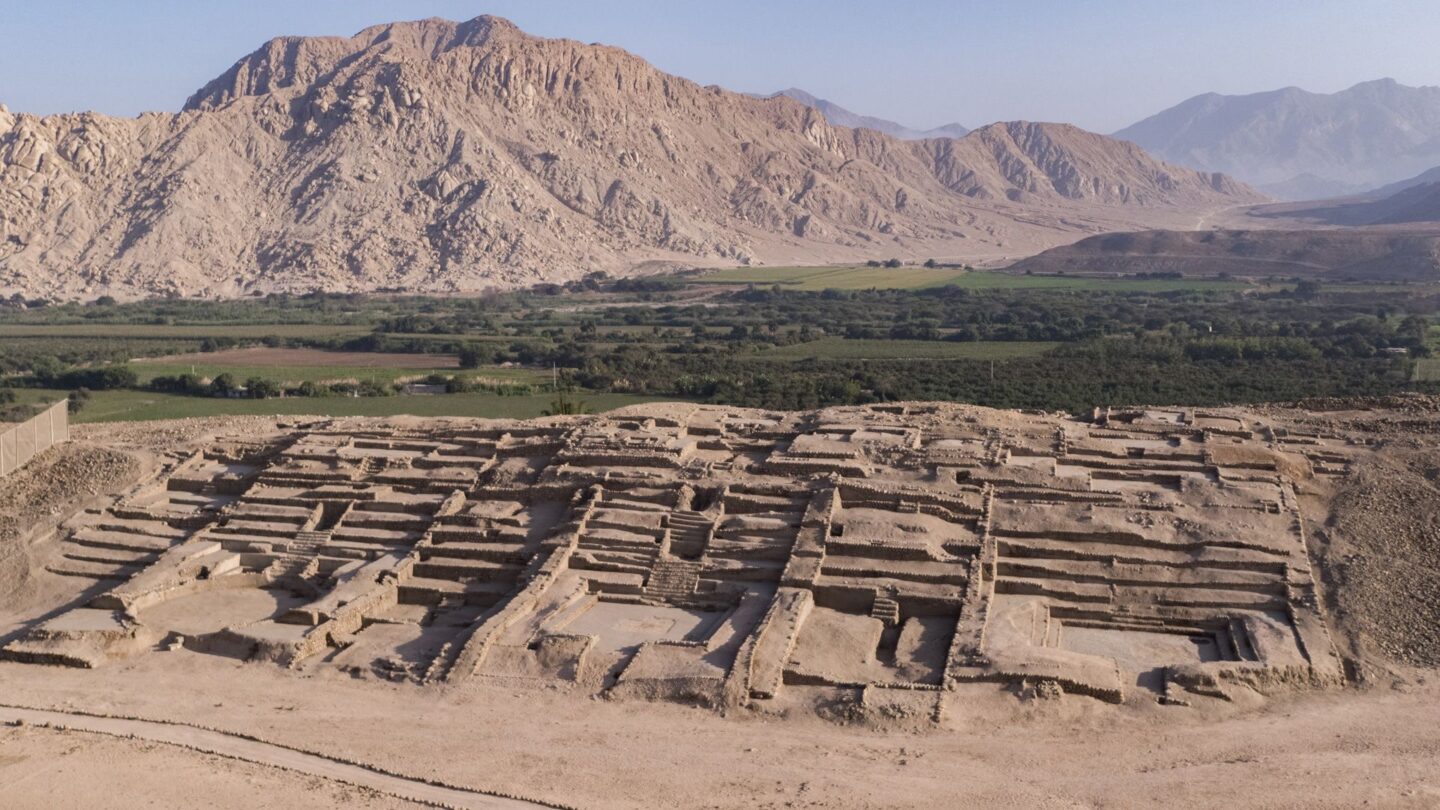Ancient Peruvian city more than 3,000 years old unveiled

Researchers believe Peñico gained influence following the decline of Caral
By Olivia Kemp, CNN
(CNN) — An ancient Peruvian city that was a thriving hub of trade more than 3,000 years ago has been unveiled by archaeologists.
Peñico is located in the Huaura province, north of the capital Lima, according to the Ministry of Culture in a press release sent to CNN.
In what was the official opening to the public, details of the site were unveiled last week following eight years of excavation and conservation.
Experts believe Peñico, founded around 1800 BC, served as a strategic urban center, linking the coastal communities of the Supe Valley with settlements in the high Andes and Amazon. It was built 600 meters above sea level, the ministry said in the release.
“This urban center developed following the cultural tradition of the Caral,” said Ruth Shady, lead researcher and director of the Caral Archaeological Zone (ZAC), which is attached to Peru’s Ministry of Culture, in the release.
“Due to its strategic location, it connected coastal and mountain towns of Supe and Huaura, as well as those living in the Andean-Amazonian and the high Andean region,” Shady added.
Some 18 structures have been identified in Peñico, the release says, including public buildings and residential units.
One significant structure is a monumental public building known as B1-B3, where archaeologists uncovered clay sculptures, ceremonial tools, and conch-shell trumpets called “pututus” – instruments that once echoed across ancient Andean landscapes to summon gatherings and invoke the gods.
Researchers believe Peñico gained influence following the decline of Caral, one of the oldest civilizations in the Americas. Its prestige may have been tied to its role in the trade of hematite, a red pigment with symbolic meaning in Andean cosmology, according to the release.
The site, now open for tourism, includes a modern interpretation center, reception areas and walking routes through the preserved ruins.
The opening comes ahead of the first ever Peñico Raymi, a public festival set to be held on Saturday.
The event will celebrate the site’s cultural legacy with traditional rituals, art and a ceremony to honor the goddess Pachamama.
CNN’s Jack Guy contributed to this report.
The-CNN-Wire
™ & © 2025 Cable News Network, Inc., a Warner Bros. Discovery Company. All rights reserved.


